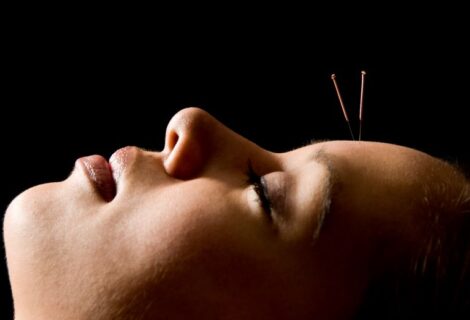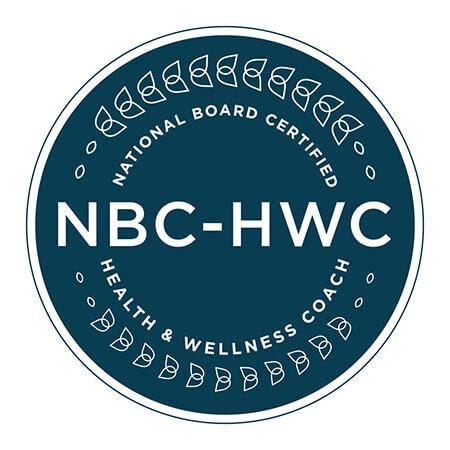Willpower is a myth. Try this power instead
Willpower. Sounds like something a super hero should have: Superman has Super powers; Spiderman has “Spidey” sense; and Grocery Shopping Woman has Willpower! It seems that willpower is so strong and elusive that most of us simply do not have it.
“Tried that new diet, but I just didn’t have the willpower.”
“I was going to run a 10k, but I just didn’t have the willpower to keep training.”
“I know I’m not supposed to eat sugar, but my willpower was too week and I caved.”
Sound familiar? What if you learned that willpower is just a myth? Wait, what?! The idea that we have this hidden power – this Will – that is designed to keep us from wrecking ourselves is false, even if it’s a broadly accepted belief.
You were not born with a glass full of willpower while your best friend was born with a whole suitcase full. We are born with the same amount. But, like anything, if you don’t use it, you lose it. So why is it so difficult to use? Why don’t we use it all the time, so we don’t risk losing it?
Let’s take a closer look at the word: Willpower. It is defined as “control exerted to do something or restrain impulses” or “the ability to control yourself”. Well that says it all. Who wants to be controlled all the time? If using your willpower feels like a struggle and a fight – that’s because it is! Your body is fighting against the control you are trying to enforce upon it. You are fighting with yourself. Ultimately the body will win.
Your body will win because it is controlled by emotions. Your mind is controlled by thoughts. Emotions are stronger and more powerful than thoughts. (Rock beats scissors.) No amount of willpower, alone, will overcome the emotions that have guided your actions over the years.
“Ok, I’ll just have to be more disciplined then.”
Yes and no. The question to ask here is: Disciplined at what? And for what purpose?
Discipline is the practice of training oneself in a controlled, habitual way. In essence – creating new habits. What are the habits you want to make? What are the habits you want to break?
“I don’t want to eat cookies all the time.” Great. You can have the discipline to not eat cookies.
“But it’s not that easy. I’ve tried, and I just don’t have the willpower.” (There’s that word again.) Wrong. It’s not that you don’t have the willpower…. it’s that you don’t have the commitment.
That’s worth saying again. Commitment!
Willpower is externally driven. It is something outside of yourself that you must have control over. Willpower is the ability to say NO to that “thing” that is always tempting you.
By contrast, Commitment is internally driven. It is recognizing that something inside of you that is ready to break free and to bring you joy. It is the ability to say YES to yourself, again and again.
You now know that willpower is faulty; discipline needs focus; and commitment leads the way. Now you need a plan. I present to you – the 3 C’s: Clarity, Commitment, and Choice.
Clarity
Before you begin any journey of change, you first must be very clear about:
- What it is that you plan to change; and
- Why do you want to make that change?
Take a moment to recognize what matters the most to you. Dive deep on this one and create a vision for yourself. Do you want to lose weight, or do you want to lose fat? (You could gain more muscle and not see a change on the scale). Do you want to walk around the park or do you want to run a marathon? Do you want to fit into skinny jeans or do you simply want to have the energy to play with your kids? Do you see yourself living without a reliance on medications?
Be clear and concise, without excuses or feeling any shame for what it is that you want. This is your life and you should be allowed to live it!
Commitment
Now look at your vision – clear, shimmering…possible. Create a commitment statement that is connected to your emotions; something that brings you joy and excites you. Be careful to avoid creating action items instead of a commitment. For example:
Saying “I’m committed to not eating cookies” is not a commitment statement. Not eating the cookies is an action step towards your commitment statement. Saying “I am committed to the health of my body, in it’s improvement and my overall wellbeing” is a strong commitment statement.
How do you want to be dedicated to yourself? Make that commitment.
Choice
This is the deciding moment. You are now clear on your goals. You have your commitment statement. And now you have those dreaded choices! Eat the cookie, don’t eat the cookie. Sleep in or walk the park. Turn on the TV or do a yoga class. Choices, choices everywhere.
It is estimated that adults make 35,000 decisions each day – 35,000! But here’s the good news: Half of those decisions are already eliminated as possibilities because you have clarity of mind and you are committed to one way of living and being.
When you are faced with a choice – do I eat the cookie? – run the question through the filter of your commitment statement and you’ll have the answer.
“Do I eat the cookie?” – No, because I am committed to the improvement of my health and that cookie does not align with my vision.
Cookie, and crisis, avoided.
I mentioned action steps above. Its is a smart idea one you’ve gained clarity and are committed to a plan of “being” in your life, that you add an additional “C” word: Charting. (So, charting is just planning but I like the continuation of the C words here…. just go with it.)
Charting is an opportunity to imagine some choices and challenges (another C word!) that you are faced with in life and to pre-determine the decision that you will make. It also allows you to define the action steps that need to happen to be successful with your choices.
For example, your commitment statement may look like:
- “I am committed to stronger muscles and a stronger heart. I am a strong and fast woman capable of running a marathon. I feel happiest when I move.”
You may be faced with choices to sleep in, to socialize with friends, to eat a heavy meal, to drink alcohol, and more.
Your chart would anticipate these choices and respond with:
- I will not sleep in. I will wake up a half hour earlier to run for 30 minutes before work.
- Action step: I have set my alarm 30 minutes earlier.
- Action step: I have set my running shoes by my door.
- Action step: I have set my athletic clothes on my dresser.
- I will not party with my friends during the week:
- Action Step: I have made plans with them for Friday night.
- Action Step: I have invited them to run with me after work.
Having your chart available to you puts your mind and heart at ease. Your brain doesn’t have to make even more decisions and your heart is at peace with the changes ahead. Your brain and body are working with you, not against you.
Your chart can be as long or as short as you would like. Once completed, have the discipline to carry it out. Discipline is the physical act of living your commitment. We all have discipline; and now you have the commitment.
Willpower is the ego bullying you into submission. Commitment is the partnership of the body and the mind. Commit to yourself and you will “C” the difference! (oh yes, I did that…).
You can learn more in my book: Food, Feelings and Freedom: The End to Emotional Eating.
Would you like more information? Just send me a quick email at Amber@youareboundless.com or you can schedule an appointment for a massage or a health coaching appointment.







